The best thing about hydroponics is getting to see the results of your work in the final crop. Unfortunately, I have been super bored of growing and eating veggies such as lettuce and basil, which made me less willing to continue growing hydroponic plants. I started leaning toward growing fruits with sweet tastes, and what has a better sweet taste than a fresh-cut apple.
So, is it possible to grow apple trees hydroponically? Yes, hydroponic apple trees are viable to grow, and many people have seen successes growing them when using the right technique. However, there are some difficulties and modifications that must be done first.
Hydroponic apple trees will produce apples with a much sweeter taste than regular trees grown in soil. Moreover, we can benefit from the higher growth rate that hydroponic systems provide to harvest apples earlier than expected compared to soil.
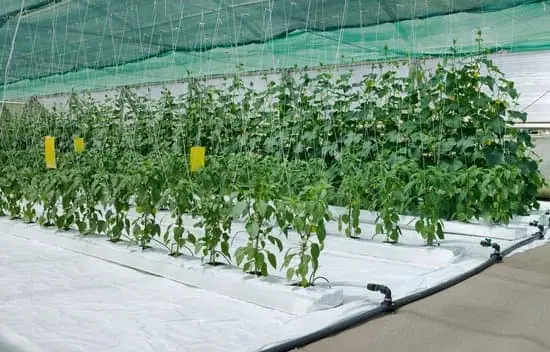
Wouldn’t it be super fantastic to wake up in the morning and grab a fresh apple from the hydroponic apple tree grown beside your kitchen aisle? But as they say, everything has a price to pay. Trying to grow a hydroponic apple tree is not as simple as growing romaine lettuce.
Some modifications and extra steps must be done first for the tree to grow normally and give you its first harvest.
Things To Take Into Considerations
There are some modifications to be done for the hydroponic system that you are going to use. After all, you cannot compare the apple tree that you are going to grow with other little leafy green that were grown before.
Water Consumption
As we can imagine, trees are BIG plants. It is literally 5 to 10 times larger than average leafy greens. As a result, you have to expect a massive jump in water consumption, and I am not talking about regular flushing here.
I am trying to say that this tree will require double or triple the amount of water used before. Moreover, more nutrients will also be required. So, expect more frequent water top-ups and flushing along the week. You also have to increase the budget dedicated to water and nutrients.
Hydroponic System
The most compatible hydroponic systems with growing an apple tree are the ebb and flow system, and a deep water culture system. Apple trees need a vast room for their roots to grow all trees require a much larger space for their roots. The large area required cannot be provided with a nutrient film technique.
Choosing between the ebb and flow system and deep water culture depends on your past experience with both of them. The Ebb and flow system is more complicated with timer settings and a lot of stuff involved in the process.
On the other side, deep water culture is more simple and requires no past experience. You are placing the plant roots in a bucket of nutrient solution, and that’s it.
Make sure that you have to choose the options with the most durable plastic material when buying the hydroponic system. Trees increase in weight when fully grown, and you have to consider it.
Growing Lights
When planning to grow a tree indoors, you have to keep sufficient space between the tree and the glowing LED lights. As we all know, trees height increases dramatically and cannot be compared to other plants.

Start by placing the growing lights in height just as you are growing lettuce heads, but as soon as the tree grows vertically, adjust the light height to prevent leaves from reaching it and causing a fire hazard.
Growing More Than One Tree
Every plant needs pollination to produce fruits. Some plants are self-pollinating and do not require any assistance; others are cross-pollinating and require pollen grains from other trees.
Apple trees are cross-pollinating plants. So, you need to plant more than one tree to ensure that the pollination process wouldn’t be an issue in the future.
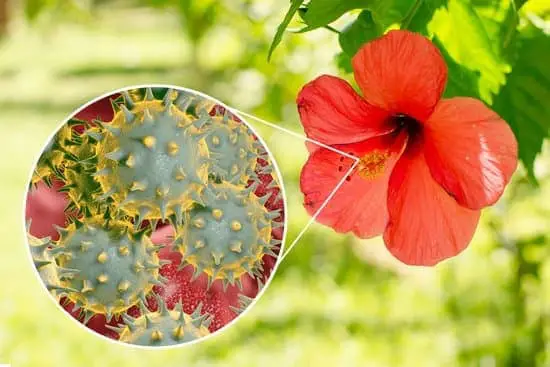
Without pollination, forget about seeing the apples that you have dreamed of. The trees must be of the same age so that they can reach the pollination stage at the same time together.
You will need to provide some help at a few steps to successfully transfer the pollen grains of the first tree to the stigma of the second tree, this post that I wrote about hydroponic plant pollination will be more than enough for you.
I also suggest that you grow 3 trees instead of 2, which is due to a couple of reasons. If you are growing 2 trees and one of them didn’t make it till the pollination stage, you will be only left with one tree that you cant pollinate anymore. Moreover, to avoid growing 2 trees of the same gender and not knowing until it’s too late.
I know that getting a third tree can add more to the already costly budget, but I still think it is worth it.
How To Grow A Hydroponic Apple Tree As Fast As Possible
As I have mentioned, hydroponic growers love to see the results of our continuous hard work pay off. I couldn’t think of anything better than seeing my apples grow as fast as possible. As a result, we are only going to talk about the fastest-growing route for an apple tree.
If you choose to grow your apple tree from the seed to harvest, then I have to congratulate you for your extreme patience. This process would probably take from 6 to 10 years to produce only the first harvest. Quite a long time, isn’t it?
Growing a tree from the seed stage also tends to produce the tree with its full size. This would be practically difficult to maintain in a hydroponic system, especially indoor ones.
Imagine having a tree as big as this in your basement or beside your kitchen isle; it will require so much space and root room that it would be impossible to accommodate in a hydroponic system. This issue can be dealt with by dwarfing the tree.
Dwarfing a tree would make it grow to only 50% of the original tree size, which requires less root room and overall area to grow in. Moreover, it will decrease the time taken to reach the first harvest from an average of 8 years to just 2 years. Sounds cool, right?
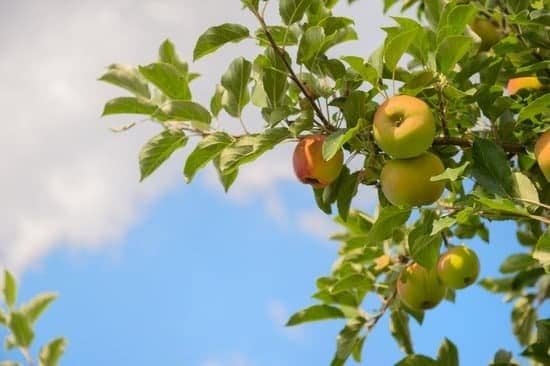
The dwarfing process is done by grafting an apple section onto a rootstock of an apple tree. This rootstock can be made hydroponically, but it would take a minimum of one year to be formed. Instead, we will use an already soil-grown rootstock and transfer it to our hydroponic system.
Step 1
You have to transfer an apple rootstock from soil to hydroponics. Choose an already grown rootstock with the properties that you like. The rootstock of species with disease resistance and a high production rate is commonly chosen among growers.
Remove the rootstock from the soil and wash it several times till all the soil is removed. You can even immerse the roots in water to remove as much dirt as possible. But not for too long to avoid drowning the roots.
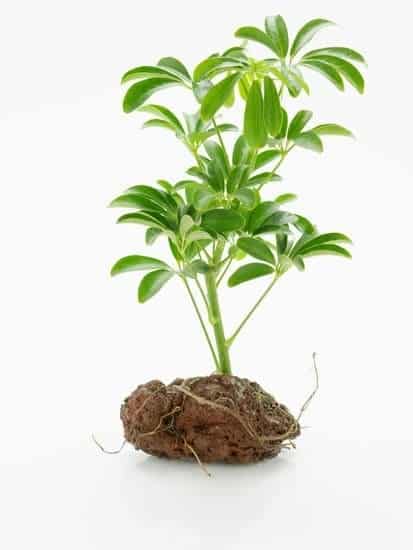
Then, put the rootstock with its roots into a hydroponic pot surrounded by Rockwool for extra support. Place the hydroponic pot into the hydroponic system and ensure that the nutrient solution is touching the roots only.
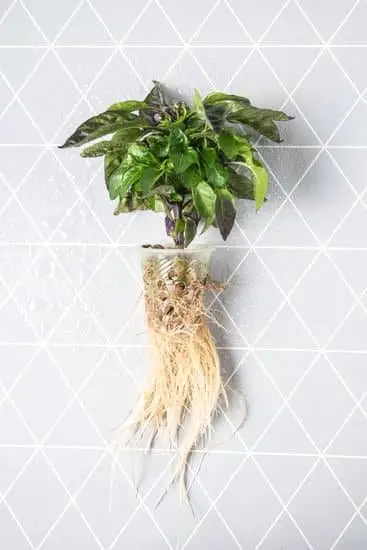
Again, avoid increasing the nutrient solution level too much to prevent root rot. If you don’t know exactly how the height of the nutrient solution should be in deep water culture, check this post about the exact water level in a DWC that I wrote.
Step 2
This is the grafting time. You have to cut a graft from the apple tree of your choice and add it together with the rootstock.
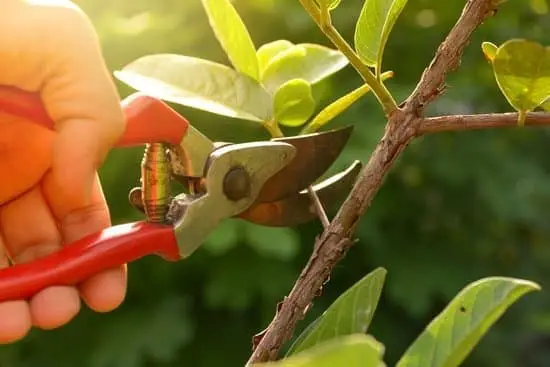
The cutting of the graft should be made with a slope of 45°, and the same goes for the rootstock as well. After joining the apple graft with the rootstock, wrap around the two parts with a grafting clip. If you cannot find a clip, it’s okay, you can use plastic tape instead.
After the successful grafting, place your apple tree in a dark place for 4 days. You can also cover the plant with a dark plastic bag instead. The dark environment is required to decrease the loss of water due to sunlight. The plant is building its new vascular system and cannot afford to lose water at any cost.
Step 3
After finishing the grafting process and exposing the plant again to the sun, You have to keep a close eye on it. Try to transfer it to a bigger container whenever you feel that the growth is being stunted. More space in the container means a larger room for the roots to grow. The root growth will lead to more nutrient solution absorption, which results in an increased plant overall growth
Step 4
After 2 years, your apple tree will reach the pollination stage. You have to provide some hand in this pollination process as apple trees are cross-pollinating plants. Moreover, factors like bees and wind are not available in an indoor hydroponic system.
You can use several methods to assist in the pollination process, such as using artificial wind and artificial bees. I have written a post describing how to use these methods in detail, check it out.
sources
- https://www.wikihow.com/Graft-Plants
- https://www.doityourself.com/stry/transplanting-a-plant-from-soil-to-hydro
- https://en.wikipedia.org/wiki/Rootstock#:~:text=Apple%20rootstocks%20are%20used%20for,and%20dwarf%20being%20the%20smallest.
- https://www.southernliving.com/garden/trees/dwarf-fruit-trees#:~:text=What%20is%20a%20Dwarf%20Fruit,a%20rootstock%20of%20another%20plant.
- https://homeguides.sfgate.com/long-apple-trees-mature-produce-fruit-56479.html

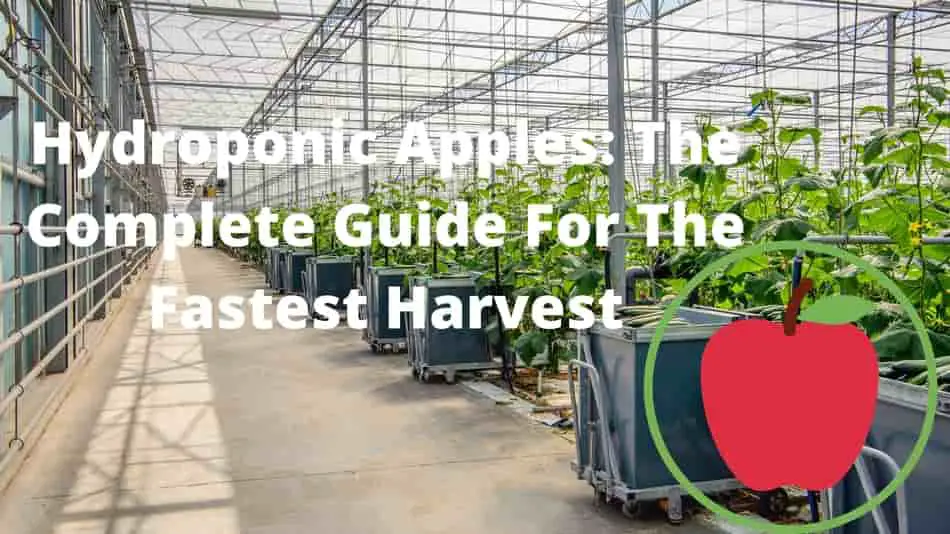

4 thoughts on “Hydroponic Apple Tree (A Complete Guide For The Fastest Harvest)”